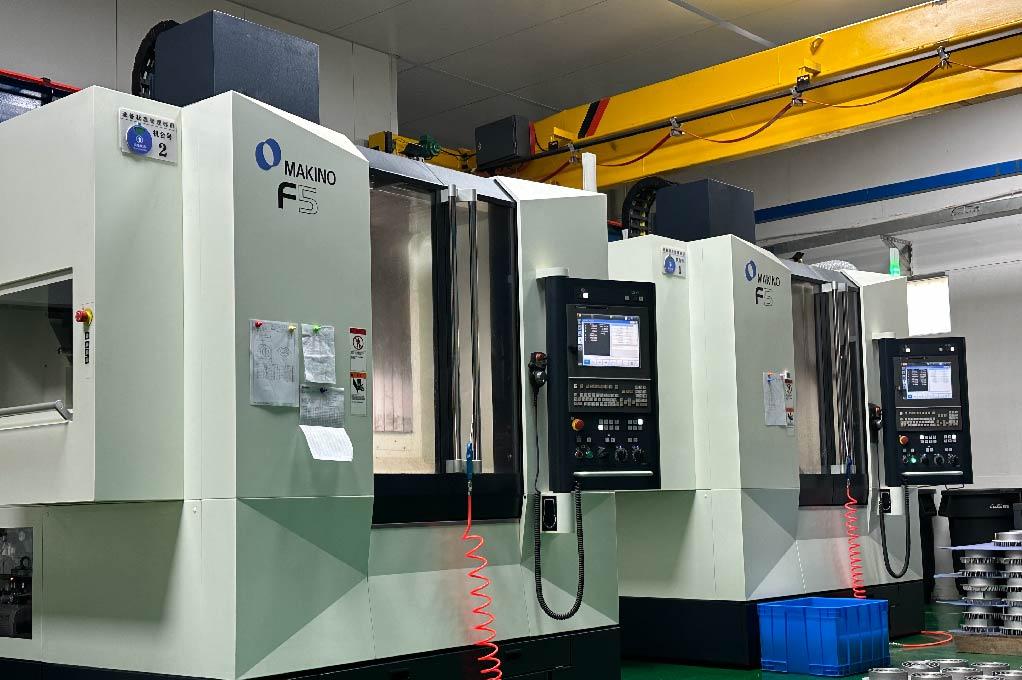The Science of Safety: An In-Depth Look at Toxicology Drug Screening

In an increasingly complex world, the need for accurate and reliable information has never been more critical, especially when it comes to health and safety. Toxicology drug screening stands at the forefront of this need, serving as a powerful tool in a variety of sectors, from clinical diagnostics to forensic investigations and corporate safety programs. Far more than a simple test, toxicology drug screening is a sophisticated scientific process that helps identify and quantify drugs or their metabolites in biological specimens. It's a cornerstone of modern medicine and public safety, providing objective data that can inform critical decisions and save lives.
The process begins with the collection of a biological sample. While the most common sample type is urine, other specimens like blood, hair, saliva, and sweat are also used, each offering unique advantages. For instance, urine toxicology drug screening is non-invasive and provides a window of detection of up to several days for most substances. Blood tests, on the other hand, are highly accurate for recent drug use and are often used in emergency medical settings or for forensic purposes to determine acute impairment. Hair follicle testing offers the longest detection window, sometimes up to 90 days, making it ideal for detecting chronic substance use. Saliva tests provide a quick and easy way to screen for recent drug use. Each sample type is chosen based on the specific circumstances and the required detection window.
Once a sample is collected, it undergoes a two-step process: an initial immunoassay screening and a confirmatory test. The immunoassay is a rapid, cost-effective method that uses antibodies to detect the presence of specific drug classes. A positive result from this initial screen indicates the potential presence of a drug, but it's not a definitive diagnosis. This is where the confirmatory test comes in. Typically using advanced techniques such as Gas Chromatography-Mass Spectrometry (GC-MS) or Liquid Chromatography-Tandem Mass Spectrometry (LC-MS/MS), these tests separate and identify individual drug molecules with a high degree of precision and accuracy. The confirmatory test ensures that a positive screening result is not due to cross-reactivity with other substances or medications, providing a scientifically sound and legally defensible result.
The applications of toxicology drug screening are vast and varied. In healthcare, it is used to monitor patients in pain management programs, diagnose drug overdoses, and screen for substance use disorders. For instance, a patient on prescription opioids might be regularly screened to ensure they are taking their medication as prescribed and not abusing other substances. In the legal and forensic fields, forensic toxicology plays a crucial role in post-mortem investigations, DUI/DWI cases, and child protective services. By analyzing bodily fluids and tissues, forensic toxicologists can help determine the role of drugs or alcohol in an individual's death or a criminal act.
Perhaps one of the most visible applications of drug screening is in the workplace. Many companies implement workplace drug testing policies to ensure a safe and productive environment. This can include pre-employment screening, random testing, or post-accident testing. Such policies are particularly critical in safety-sensitive industries like transportation, construction, and manufacturing. These programs not only help mitigate the risks associated with impaired employees but also serve as a deterrent to substance abuse.
The toxicology drug screening market is a dynamic and evolving field, driven by technological advancements and a growing awareness of its importance across various sectors. The demand for more accurate, faster, and less-invasive testing methods continues to fuel innovation. For more detailed insights into this market, including key players, market size, and future projections, explore the latest industry reports on this topic. The future of toxicology drug screening holds promise for even more sophisticated methods, such as point-of-care testing and the use of genetic markers to identify individuals at risk for substance use disorders.
In conclusion, toxicology drug screening is an essential component of public health and safety. Its ability to provide objective, scientific data is invaluable in clinical, forensic, and workplace settings. As technology advances, we can expect to see continued innovation in this field, leading to more effective and accessible drug testing solutions that contribute to a safer and healthier society.







